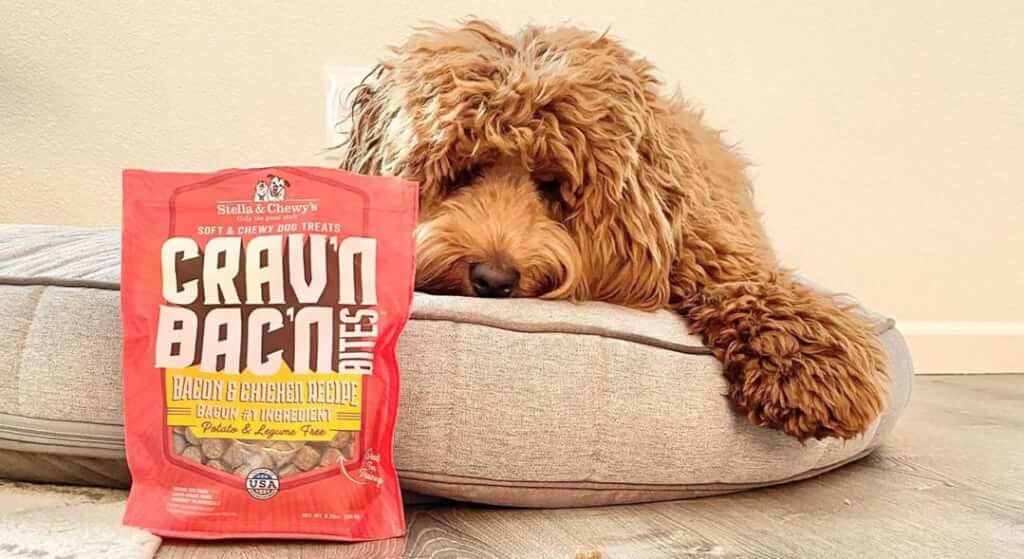
Change can be difficult for all of us. We feel it, and our dogs may feel it, too. It’s important to spot the signs of stress and separation anxiety so you can manage it and help your pup adjust!
What Can Disrupt A Dog’s Routine?
A Change in Your Work Schedule
Whether you’re working more than usual, working less than usual, newly working from home, or doing a variation of these sporadically, your dog will notice the shift in time that their human is or is not home. If you’re working from home now, they may have previously associated you being home with playtime and won’t understand why you can’t give them all your attention all the time.
Kids Leaving for Daycare or School
After having their human siblings home all summer, your dog may get confused when the kids start leaving the house again and are gone for periods of time.
Bringing A New Pet Into the Home
The good news is, many shelter animals found foster or forever homes during the pandemic with people being home more often and having more time. However, a new pet in your household changes the dynamic and your dog may be upset by this.
Face Masks
Wearing masks for everyday tasks and trips is new for humans and dogs, too. Your dog may be fearful or not recognize you with your face covered.
Signs of Stress
Depending on your dog, signs of stress may be more subtle, so it’s important to note any small shift in their behavior or routine.
Panting
Pacing or wandering
Inability to get comfortable or settle down
Appetite loss
Sleeping more than usual
Barking or whining
Accidents in the home
Excessive licking or scratching
Hiding
Helping Your Pup Adjust
Consult with Your Vet First
Whenever you notice that your dog is not their usual self, it’s important to talk to your veterinarian to rule out any underlying medical issues.
Create Stability in Unstable Times
Just as you have had to adapt to recent change, take time to help your dog adapt by creating and sticking to a new schedule. This will help get them back on track and eliminate randomness that may be throwing them off. Designate specific time for walks, play, and meals.
Give Your Dog a Special Treat
A special treat given each time you leave, like a toy stuffed with Crav’n Bacon, will help your dog associate your departure with a fun and exciting treat. Only give them the special treat when you leave and make sure it is not available when you’re home.
Add Background Noise
Playing soothing, instrumental music or keeping the TV may help your dog not feel so alone when you’re gone. Background noise can provide a nice distraction and be useful for keeping your dog calm.
Keep Your Dog Busy
Physical activity and exercise along with mental stimulation and enrichment are key. Providing ways for your dog to burn off energy and redirect/focus their mind elsewhere can help with their stress, while also providing valuable bonding time between you and your pup. Take your dog on a long walk, run, hike, bike ride, or play ball or fetch, . The physical activity will not only help to tire them out, but will keep them occupied and the exercise will release endorphins in your dog’s brain. Hide food or treats in interactive puzzle toys or put food in stuffable items. Freeze peanut butter, yogurt, or wet food like Stella’s Stew in a Kong for even longer lasting fun.
Offer Praise and Reassurance
Be sure to continuously acknowledge your dog by talking to them, petting them, offering treats, and making them feel extra loved and supported.
Have questions? Reach out to our Customer Service Team at info@stellaandchewys.com or 888-477-8977.
GET $3 OFF, INSIDER OFFERS, AND HELPFUL PET CARE TIPS.
By entering your information, you are opting in to receive communication from Stella & Chewy's
